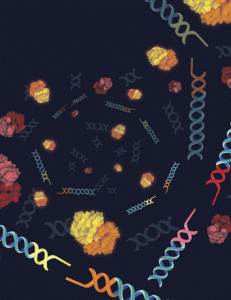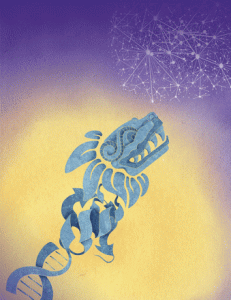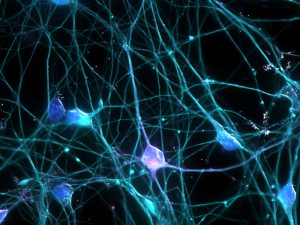Enter your address to receive notifications about new posts to your email.
Science & Publishing
-
Science & Publishing
Battle-scarred flies help us understand the genetics of aggression
Whether it’s a battle over territory or a brawl over a sports game, aggressive behavior is a hallmark of the animal kingdom. The influence genetics has on aggression is undeniable—but the process of determining the genes involved has been frustratingly slow. To better understand genetic factors involved in aggression, some researchers have turned to male…
-
Science & Publishing
February GENETICS Highlights
Check out the February issue of GENETICS by looking at the highlights or the full table of contents! ISSUE HIGHLIGHTS Comparative oligo-FISH mapping: an efficient and powerful methodology to reveal karyotypic and chromosomal evolution, pp. 513–523 Guilherme T. Braz, Li He, Hainan Zhao, Tao Zhang, Kassandra Semrau, Jean-Marie Rouillard, Giovana A. Torres, and Jiming Jiang Development of a eukaryotic karyotype relies…
-
Science & Publishing
To fight malnutrition, geneticists are developing more nutritious corn
Corn feeds millions of people, and its low cost makes it particularly important in developing countries. However, it can’t be relied on as the sole source of protein for either humans or livestock because—like most cereals—corn is low in certain essential amino acids. In the 1960s, a type of corn was discovered with boosted levels of…
-
Science & Publishing
A fly that thrives on a deadly diet
When a noni fruit ripens, it stinks like old cheese—or even vomit. Familiar to many in the form of expensive juices sold as health supplements, this pungent fruit is engaged in a slow-motion arms race with would-be insect pests. Fruit flies are unable to feast on noni—scientific name Morinda citrifolia—because the fruit is dosed with…
-
Science & Publishing
Is a statistical test letting significance slip through the cracks?
Every scientist is familiar with the p-value: it’s one of the most commonly used metrics in statistics to evaluate the likeliness that an observed relationship is due to chance. Typically, a cutoff is set at p=0.05, such that any p-value of greater than 0.05 means the result is deemed “not statistically significant”—a heartbreaking outcome for…
-
Science & Publishing
Beyond BRCA: new players in breast cancer pathways discovered
Mutations that disrupt the gene BRCA2 dramatically increase the odds of developing breast and ovarian cancer—but such mutations aren’t enough to cause cancer on their own. To turn normal cells cancerous, some of BRCA2’s genetic interactors must also mutate. In an article recently published in GENETICS, Ding et al. sought to identify some of these genes.…
-
Science & Publishing
New in G3: mutant screens, Japanese quail evolution, and mating design in MAGIC sorghum
Check out the January issue of G3! Table of Contents Genome Report Reference Assembly and Annotation of the Pyrenophora teres f. teres Isolate 0-1 Nathan A. Wyatt, Jonathan K. Richards, Robert S. Brueggeman, Timothy L. Friesen G3: Genes, Genomes, Genetics January 2018 8: 1-8; DOI: https://doi.org/10.1534/g3.117.300196 Mutant Screen Reports Mapping Second Chromosome Mutations to Defined Genomic Regions in…
-
Science & Publishing
January GENETICS Highlights
Check out the January issue of GENETICS by looking at the highlights or the full table of contents! ISSUE HIGHLIGHTS Improving metabolic health through precision dietetics in mice, pp.399–417 William T. Barrington, Phillip Wulfridge, Ann E. Wells, Carolina Mantilla Rojas, Selene Y. F Howe, Amie Perry, Kunjie Hua, Michael A. Pellizzon, Kasper D. Hansen, Brynn H. Voy, Brian J. Bennett, Daniel…
-
Science & Publishing
Zebrafish offer hope for understanding severe form of epilepsy
The prolonged and severe seizures suffered by those with pyridoxine-dependent epilepsy (PDE) can lead to brain dysfunction and death if not treated. Standard antiepileptic drugs are typically ineffective for people with this rare genetic disorder—instead, they need high doses of vitamin B6 in the form of pyridoxine or pyridoxal 5′-phosphate. But even with this supplementation,…
-
Science & Publishing
Sperm and eggs don’t always join at random
Choosing a mate is hardly random. During courtship in the diploid phase of our life cycle, we often employ elaborate rituals and biological signals to attract and assess potential mates. But after that, we usually assume that eggs and sperm choose each other randomly at fertilization. Or so says Mendel’s First Law. But sometimes, Joseph…
-
Science & Publishing
Circulomes vary based on cell type
In the 1980s, scientists first noticed circles of DNA interspersed among the normally linear chromosomes of eukaryotic nuclei. Little is known about these molecules, which are called extrachromosomal circular DNA (eccDNA). Variation in eccDNA appears to be biologically significant; development of an organism often comes with increased numbers of eccDNA, for example, and certain types…

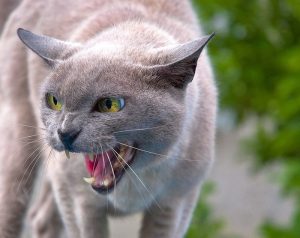

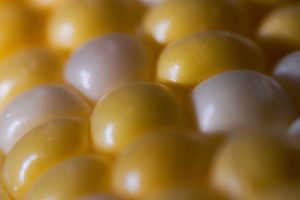
![Image by Michael Hermann (Own work) [CC BY-SA 3.0], via Wikimedia Commons.](https://s36063.pcdn.co/wp-content/uploads/2018/01/Webp.net-resizeimage-19-300x225.jpg)

![Image by unknown photographer [Public domain], via Wikimedia Commons.](https://s36063.pcdn.co/wp-content/uploads/2018/01/Webp.net-resizeimage-17-300x221.jpg)
